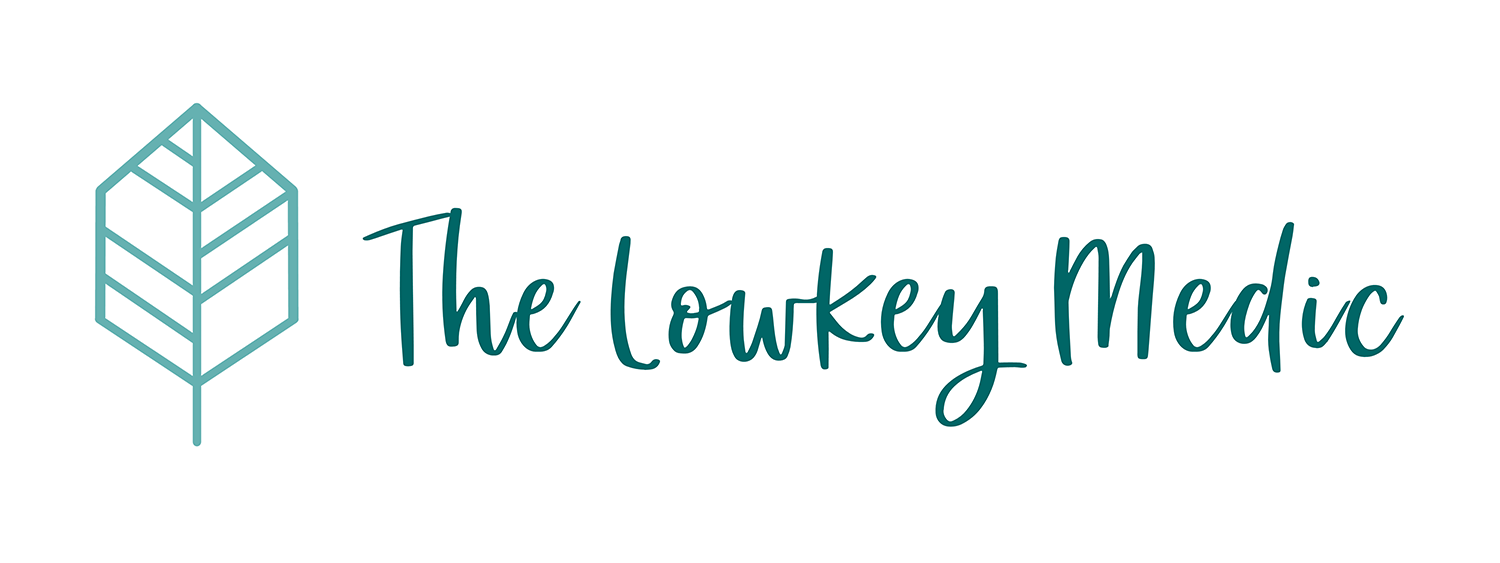We move on to Short Postings! These are two-week postings where we rotate in specialties that are distinct from Internal Medicine or Surgery.
👩🏻⚕️ What Ophthalmology Clinical Posting is Like
Similar to ENT, there are no ward rounds in Ophthalmology. So our schedule consists of a mix of clinics and tutorials (and one cataract surgery).
Ophthalmology is a very clinic-based specialty. The clinics go by subspecialties, including:
- Cataract
- Cornea
- Glaucoma
- Retina
- Uveitis
- Neuro-ophthalmology
- Oculoplastics
- Paediatric Ophthalmology
- General Ophthalmology
We also had some combined teachings as part of the posting, so it wasn’t two full weeks of purely clinics.
👍🏼 What Was Great About Ophthalmology Posting
- The doctors were amazing. I may have just been lucky. Plus there are probably amazing doctors in every specialty. But really the doctors were the best part of this posting. Some went out of their way to show me different things and teach me in clinic, and all were extremely competent and passionate about their profession.
- Actively learning in clinic. Ophthalmology clinics were among the most high-yield of all clinics I’ve been to. Maybe because the doctors were willing to teach, maybe because I was observant and asked questions. It felt like I was actively learning every day. It was rejuvenating.
- Ophthalmology was so interesting to learn. Before the Short Postings started, we had two weeks of classes (trying to cram/self-learn five different specialties at once). Even during that time I thoroughly enjoyed learning Ophthalmology. I think maybe because it’s a very visual specialty, and also neuro-ophthalmology is intriguing.
👎🏼 What Was Not-So-Great About Ophthalmology Posting
- Time is tight. Ideally I would have loved to delve more into Ophthalmology in both breadth and depth. But of course given the limited time, and juggling content from other Short Postings, even learning the core content thoroughly was a challenge.
- Mostly clinics. Since there are no ward rounds and we don’t really get to see more complex and varied ophthalmology surgeries, the days are mostly just filled with clinics. This may not be a bad thing for someone who enjoys clinics (or prefers to sit rather than stand lol). It just means that most days it’s the same routine. Though there will still be some variation in terms of which clinic you go to and what cases you see!
📝 Impressions of Ophthalmology as a Specialty
Impression #1: Ophthalmologists are nice people
As mentioned above, I really met some amazing doctors in this posting. I’ve also heard from many people that ophthalmologists generally have a very pleasant temperament and are happy in their jobs.
Impression #2: Ophthalmology is a ‘lifestyle’ specialty (or is it?)
Ophthalmology is traditionally touted as part of the “ROAD” tetrad of ‘lifestyle’ specialties: Radiology, Ophthalmology, Anaesthesiology, and Dermatology. I’m honestly not too sure of the extent of truth in this, especially since there are different ways of practising in any specialty (e.g., private practice can be quite different from public healthcare).
Regardless, it is true that Ophthalmology is a specialty with relatively predictable hours (closer to a nine-to-five job than other specialties) with few emergencies.
Impression #3: Ophthalmology is competitive
This is not an impression but a fact. Ophthalmology is actually not easy and it’s among the most competitive specialties.
Impression #4: Ophthalmology is a unique blend of medical and surgical
With most other specialties in medicine, it’s either considered mainly medical (e.g., Neurology) or surgical (e.g., Neurosurgery). Ophthalmologists cover both aspects, managing their patients medically and also performing ocular surgeries.
Impression #5: There’s quite a bit of research in Ophthalmology
There’s definitely research in other specialties too. You just get the impression that Ophthalmology has quite a strong research culture. I’m not too sure if this is partly due to the influence of the Singapore Eye Research Institute (SERI). Either way, the field of Ophthalmology is ripe with innovation, several areas are already integrating AI, and research continues to advance.
TWO Examples of Things You Might See in Ophthalmology

(Image source: Medical News Today)

(Image source: American Society of Retina Specialists, Wikipedia)


